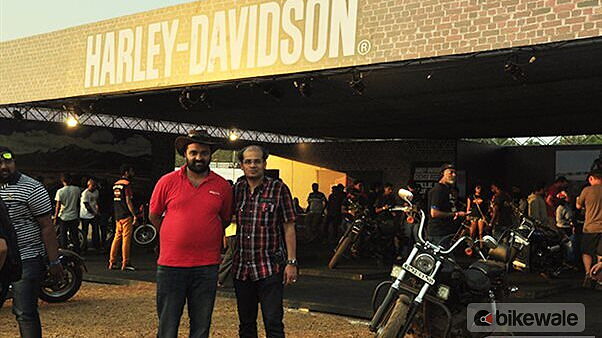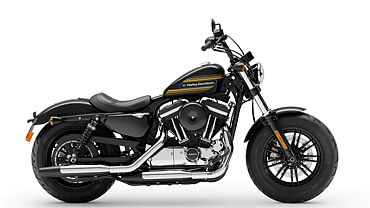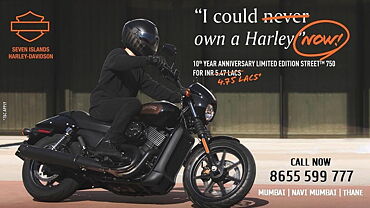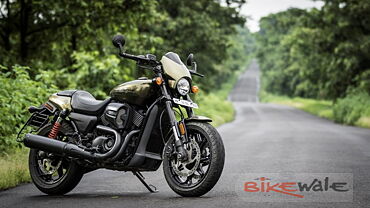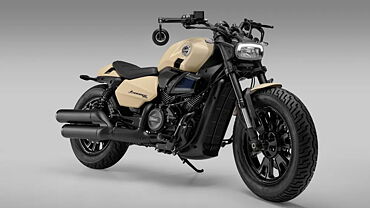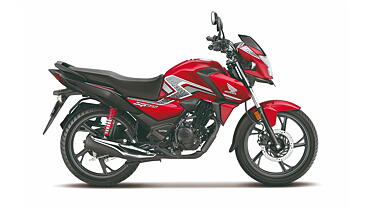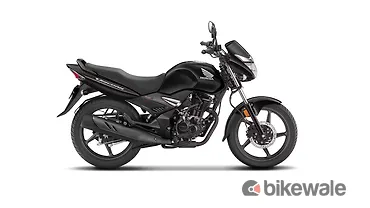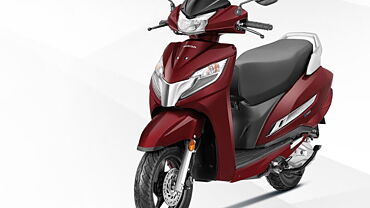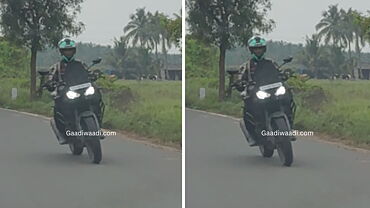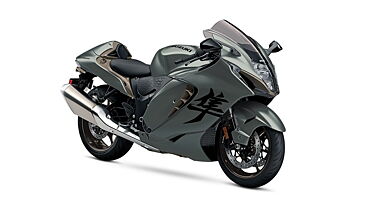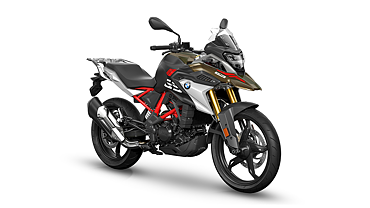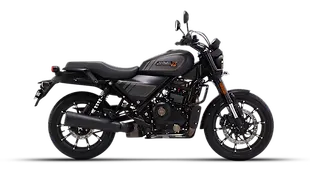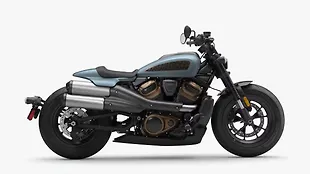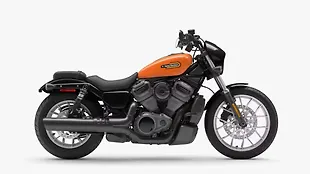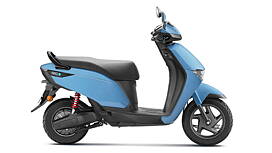Introduction
On first impression Chetaan Shedjale seems very unlikely for the role that he plays in Harley-Davidson. As the lead designer for the iconic American bike maker he has been one of the main brains behind the creation of the Street series of motorcycles, yet, he seems to have none of that air of about him when it comes to discussing what he and the company have achieved with the launch of this motorcycle.

Adding a personal touch to your motorcycle
It is common practice to promote the use of sleeper vehicles (no external, only internal) in Europe countries but over in America, the home of Harley, it has always been all about customisation. It was and still is a common practice among the American biker community to add special touches of all kind to their vehicles in a bid to make them standout.

In this regard Chetaan and his team created two custom motorcycle-Garage and RDX in a bid to show customers and fans the potential of what is fully possible with these bikes.
There was also a third bike ‘Urban Custom’ which was also designed in this manner but has been conceptualised and created by Dais Nagao, Senior Industrial Designer at Harley-Davidson. Chetaan tells us that the company encourages dealers to build bikes themselves so as to showcase what is potentially possible with the range.
The RDX is more of an experiment in design while the Garage and Urban custom are fully running prototypes.
How can one customise a Harley-Davidson?

The RDX 800

His favourite seemed to be the RDX 800 concept. The base for this custom creation has obviously been the Street 750. Chetaan seems to have retained most of the design but obviously put in a lot of minor changes to make the bike stand out.
It gets carbon fibre body parts, high performance shocks from Showa, custom Harley graphics, raised white letter tyres and drag race styled handle bars.
Challenges faced in the design of a Harley bike
Once we had delved into the world of the custom bikes we got a bit more general and asked Chetaan about the challenges he faced while designing a Harley-Davidson Motorcycle, after all it’s the looks that attracts people to a Harley.

Once they get this sorted, the next step is to decide what kind of bike (cruiser, sports bike etc) they are creating and accordingly they choose the components that will go into the overall design.
What does the future hold for Harley?
With so much of emphasis being given to the design team at Harley we had to find out where their design process was moving in the future and how a traditional icon would fit into the modern age of sleek shapes and high performance.
His answer seemed to fit in line with the way most traditional manufacturers have begun to approach the needs of its customers in this day and age. ‘Customer is King’ is the underlying thought process that seems to be with Harley and so accordingly it has created the Street twins to rope in new buyers into the Harley fold. It is a global product and will most likely design what we can expect in the future.

However, given Harley’s deep roots and lasting image in the world of motorcycles, they have also had to make their products appeal to buyers of an older age who would be able to afford their more expensive offerings and the many benefits attached to them. It seems that this may be or rather will always be the reason for Harley’s traditional range always soldiering on in the market.
We tried to push forward the question of more models on the Street platform but obviously Chetaan brushed off the questions and only hinted that the Street 750 and Street 500 would not be the last models from this family.
We were skeptical about the success of the Street when it was launched but just a simple glance at the parking lots across the 2015 IBW arena painted a very clear picture of its explosive popularity for us. We hope that Chetaan will pen more such models like the Street and keep the Harley DNA alive for many years to come.
Gallery
1/8
Double Tap to Zoom









